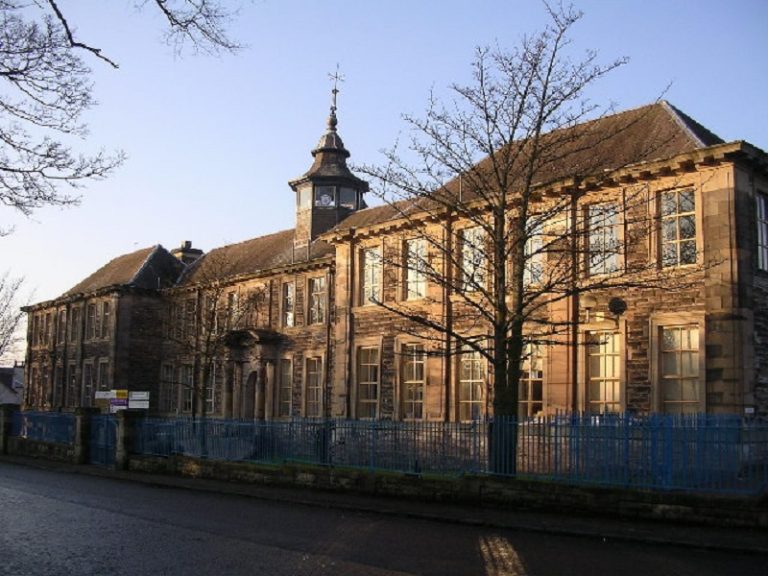Providing assistance to the Silvertown transformation project, Thomson Habitats has been assisting in the safeguarding of wildlife during the first phase of the considerable transformation of Silvertown, at the London Royal Docks, totalling in at a 62 acre space. This phase is expected to see completion at some point over 2018 and will see the development of some 3000 residential homes, as well as 5m square feet of commercial space to improve the potential for commerce and employment in the local area (predicted creation of some 21,000 jobs). As of present, the site itself is to have its first stages of investigation on site, with the prohibiting of works within specific areas where birds nesting may impact the project itself, and could cause concerns over disruption to the local wildlife. Most specifically, this is where Thomson Habitats’ expertise comes into play, offering a great deal of expertise in minimising such disruption. David Grimmond, Business Manager of Thomson Habitats went onto say that: “This is an iconic project and one that we are excited to be involved with. Around 4.5ha of the site is vegetated and so far we have cleared a substantial amount of this. We are very much looking forward to returning later in the year to undertake the rest of the vegetation clearance.” In the early stages of the project, Thomson Habitats partnered with AECOM to clear on-site vegetation which may have suited as a home for nesting birds. Of course, the works themselves were undertaken out of the birds’ season, as well as during bat and reptile hibernation periods so as best to minimise disruption or harm to the local wildlife – effectively, this allowed completion of these early stages in an ethical manner, whilst also improving the speed and efficiency of the project with the project not being held back by waiting on the fledging of young birds.







